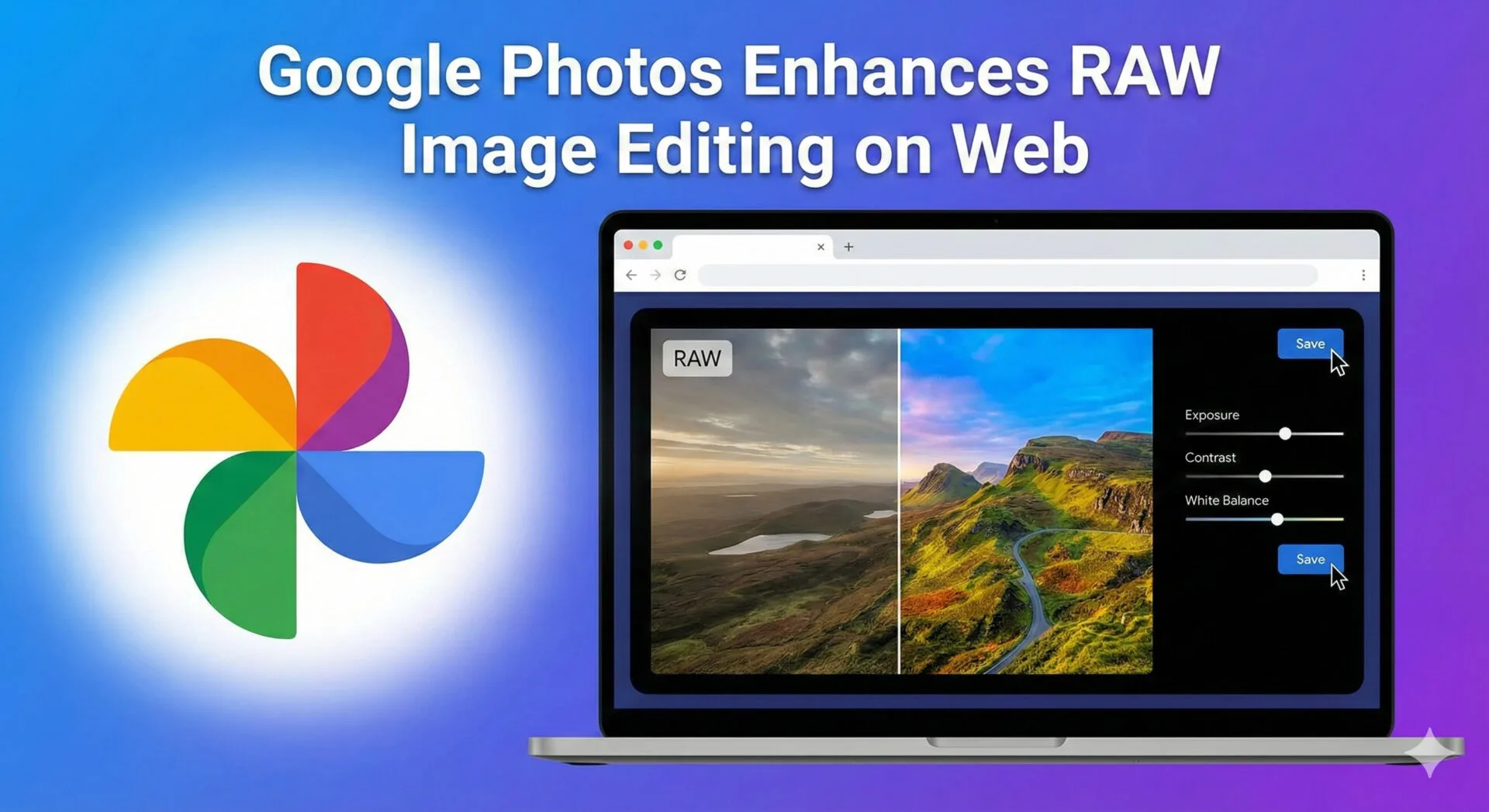Personalization is now the key to modern marketing success. Firms in every industry understand the need to enhance customer engagement and loyalty. But many still struggle to provide personalized experiences that resonate with their audience.
As per the latest statistics, 71% of consumers want to have personalized shopping experiences, and 76% want to purchase from brands that personalize the user experience. However, just 35% of companies provide omnichannel personalized experiences. This disparity is the reason why numerous organizations are now resorting to Salesforce Marketing Cloud implementation services in order to drive their marketing initiatives.
Businesses that successfully deploy Salesforce Marketing Cloud are able to develop analytical, automated campaigns that engage with the unique needs of individual customers. This article describes the relevance of hyper-personalization in marketing. It also explains how organizations are able to utilize Marketing Cloud consultants and support to develop highly personalized campaigns.
Understanding Hyper-Personalization in Modern Marketing
Modern marketing goes beyond addressing customers by name. Today’s consumers expect brands to anticipate their needs and deliver relevant experiences at every touchpoint. This shift highlights why hyper-personalization has become a critical marketing strategy.
The Development from Simple to Hyper-Personalized Campaigns
Companies started realizing the limitations of mass marketing during the 1980s. This gave rise to traditional personalization in the digital age. The process started with basic segmentation, where marketers segmented audiences into broad categories based on demographics or purchase history. This method worked to a certain degree but was not precise enough for actual individualized experiences.
The development moved through distinct phases:
- Fragmentation (pre-1880s): Characterized by regional markets.
- Mass Marketing (1880-1920s): Focused on reaching a broad audience with a uniform message.
- Segmentation (1920-1980s): Marketers began dividing audiences into broad groups based on demographics or purchase history.
- Hyper-Segmentation and Personalization (1980s to present): Emphasizes delivering highly individualized experiences by anticipating customer needs and preferences.
Marketing has improved substantially with the introduction of hyper-personalization. Traditional personalization relies on static data, while hyper-personalization analyzes immediate behavior and contextual information to create truly unique experiences. This approach uses artificial intelligence, machine learning, and sophisticated data analytics to identify patterns and predict customer needs.
How Salesforce Marketing Cloud Makes Hyper-Personalization Possible
Salesforce Marketing Cloud leads this revolution by providing solutions that reshape the scene of hyper-personalized campaign delivery. The platform offers detailed tools that help overcome the limitations of traditional marketing approaches.
The platform delivers several key capabilities to businesses seeking effective Salesforce Marketing Cloud implementation services:
- Immediate data integration that unifies customer information from diverse sources
- AI-driven predictive analytics that reveal deeper insights into customer behaviors
- Journey mapping tools that create smooth, omnichannel experiences
- Optimized workflows delivering personalized content triggered by specific customer actions
Salesforce Marketing Cloud helps marketers develop behavioral analytics based on interaction data. This allows organizations to quickly understand individual customer affinities and intent, which is essential for delivering hyper-personalized experiences.
Key Components of Successful Marketing Cloud Implementation
Successful implementation of Salesforce Marketing Cloud requires a strategic approach with several core components. Companies must understand these essential elements to improve customer engagement through hyper-personalization.
Customer Data Platform Integration
A successful Marketing Cloud implementation starts with data integration. A customer data platform (CDP) works as a central hub that brings together information from different sources to create detailed customer profiles. This integration connects separate databases like CRM, marketing platforms, service software, and e-commerce engines that usually work in isolation.
CDPs perform four key functions: collecting data, harmonizing information, turning insights into action, and generating analytics. These platforms integrate known customer data with anonymous information to give a complete picture of the customer’s experience.
Companies working with Salesforce Marketing Cloud consultants can improve personalization by connecting Data Cloud with Marketing Cloud Engagement. Marketers can target the right people who are more likely to respond to campaigns using activated segments.
Journey Mapping and Automation
Customer journey mapping shows how customers interact with your brand at every touchpoint. Companies can understand their customer’s point of view, identify issues, and improve overall experiences.
Journey Builder within Salesforce Marketing Cloud allows organizations to:
- Create tailored experiences for each customer at every stage of their journey
- Visualize and optimize the customer journey
- Engage customers across multiple channels including email, SMS, and social media
- Track customer behavior in real-time
Marketers can set up automated messages that respond within seconds when customers take specific actions. This automation works for both customer-facing journeys and backend tasks, such as nightly data updates and engagement score calculations.
Content Strategy and Asset Management
Content Builder acts as the main library for managing cross-channel assets including images, content blocks, templates, and more. Effective content organization plays a crucial role in successful Marketing Cloud implementation.
Teams can save time by organizing folders according to their content strategy. Tags offer another way to organize and find content quickly. These organizational systems should be tailored to your team’s structure and business needs.
Content Builder helps teams create personalized content at scale with features like dynamic content rules and content blocks. This allows for the consistent delivery of customized, on-brand campaigns.
Analytics and Optimization Framework
A resilient analytics framework gives insights for continuous improvement. Salesforce Marketing Cloud Analytics offers tools to measure and improve ROI by analyzing data across channels.
Marketing Cloud Intelligence (formerly Datorama) turns scattered marketing data into practical insights. It connects with various data sources to combine information and create custom KPIs. Marketers can track campaign performance across all channels and make evidence-based decisions.
Analytics Builder helps organizations to closely examine behaviors and interests across channels. Teams can set marketing goals and fine-tune customer journeys based on the results. This framework ensures effective personalization while depicting the impact of marketing on business growth.
Ongoing Salesforce Marketing Cloud Support
Success with Salesforce Marketing Cloud goes way beyond the reach and influence of the initial setup. Long-term success needs dedicated support structures that grow with your marketing strategies. Companies often mistake their Salesforce Marketing Cloud implementation services as a one-time project instead of an ongoing commitment.
Building an Internal Support Team
Moving from implementation to management needs a specialized team with clearly defined roles. Platform Administrators are the backbone of daily operations. They manage user access, monitor system health, and fix issues quickly. These experts keep data clean and maintain the integrity of the system architecture.
Teams need the following roles:
- Project Managers who track initiatives and coordinate the development of new features
- Campaign Managers who focus on daily marketing operations
- Campaign Specialists who execute strategies and build customer journeys
- Data Analysts who examine metrics and identify areas for improvement
Leveraging Vendor Resources
Vendor resources are a great way to get support beyond what internal teams can provide. Salesforce offers rich documentation, training paths, and product demos to help teams maximize the platform’s value. The Salesforce partner ecosystem provides specialized expertise when needed.
Salesforce Marketing Cloud consultants from partner companies often create better solutions than general resources. These specialists bring industry knowledge and hands-on experience that speed up problem-solving and feature adoption.
Continuous Learning and Optimization
Marketing Cloud works best with ongoing refinement through structured optimization. Successful teams create priority roadmaps that match capabilities to their growth stage—whether they’re at “crawl,” “walk,” or “run” phase.
Built-in Data Cloud reports and dashboards let teams analyze AI-driven insights, user patterns, and response data. This regular monitoring helps companies adapt to customer needs and market changes.
Teams that measure and report the platform’s effect create a feedback loop that justifies further investment. By linking Marketing Cloud costs to revenue events, they can demonstrate ROI and secure resources for continued improvement.
Conclusion
Salesforce Marketing Cloud helps businesses close the gap between what customers expect and what they get. Companies can move beyond simple segmentation with AI-driven personalization that responds instantly to customer behavior.
It’s important to remember that Marketing Cloud implementation isn’t a one-time project; it’s an ongoing journey. Teams achieve the best results by combining their expertise with vendor resources and staying committed to continuous improvement. Companies that follow this approach typically experience higher participation rates, increased customer satisfaction, and clear returns on their marketing investment.
Creating highly customized marketing requires careful planning and expert guidance. Mastering the delivery of truly personalized experiences is invaluable for companies aiming to revolutionize their customer strategies.







Leave a Reply